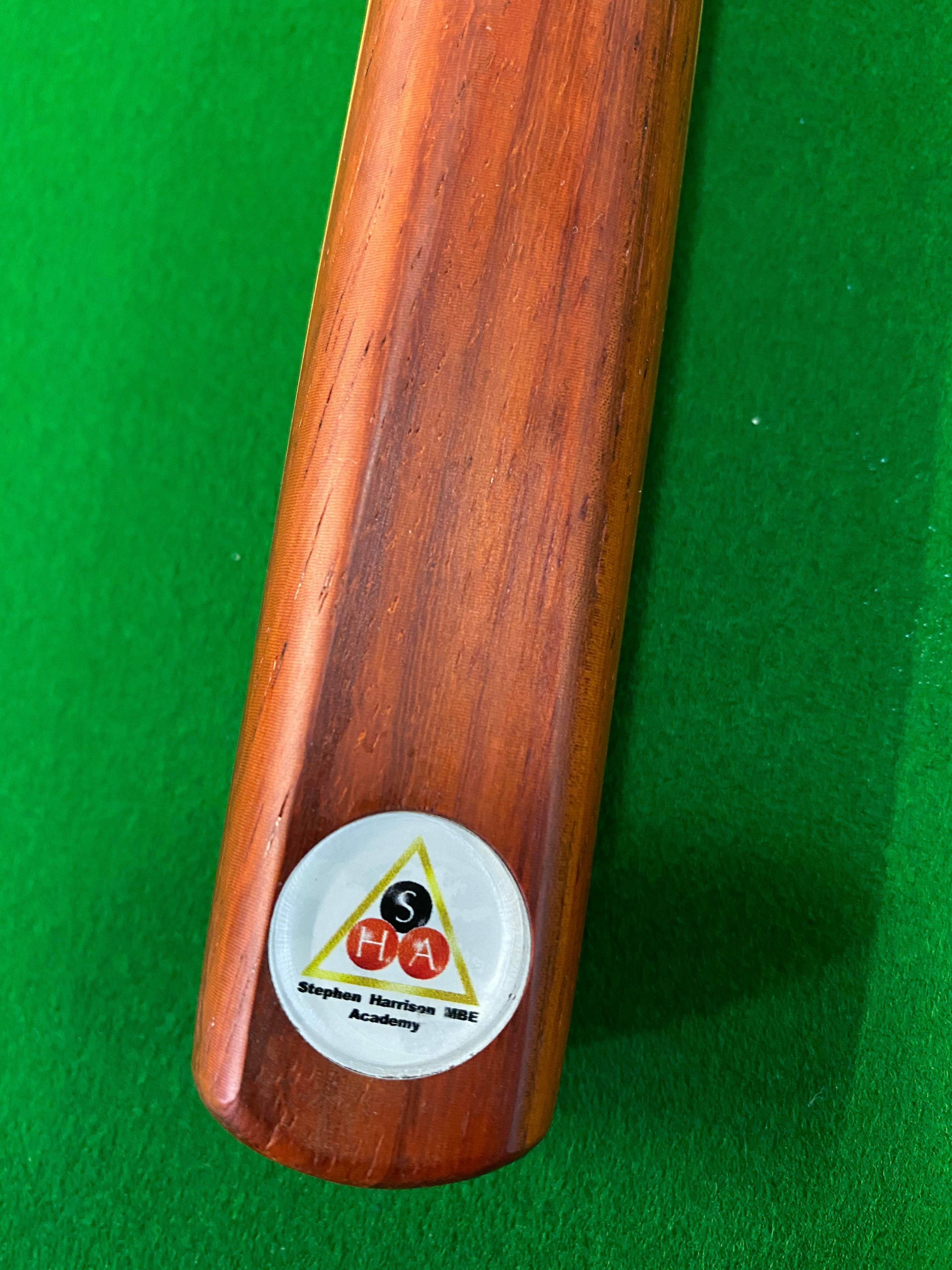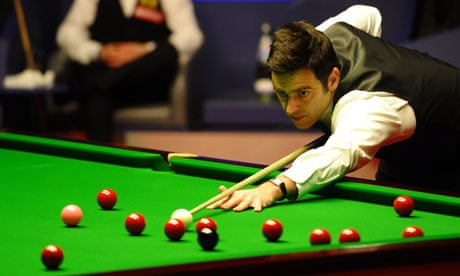
There are many materials that can be used to make snooker pool balls. They are available in a variety colors and generally smaller than standard pool balls. They also use smaller cues with lighter tips. A similar cue can be used depending on the size of your table and the rules. If you have a table and want to play snooker, here are some things to consider.
The colors of snooker pool ball balls
There are many differences in the colors of snooker pool balls. While some are neutral and complement one another, others are more striking. The colors of yellow and blue pool balls, for example, complement each other. Others pool balls can be customized to make your table stand out. Sets of granite or ultraviolet pool balls can be added to the table to give it a classy look.
While most pool balls are red, snooker uses a variety. These balls can be blue, yellow or green as well as brown. The cueball is white. There are also stripes balls.
Materials used in the manufacture of snooker pool ball balls
There are many materials used in making snooker ball. Originally, they were made of wood, which was cheap and easily available everywhere. However, the material was not very durable and changed shape easily. There were many other materials that could be used in place of wood. In the 19th century, the ball was made from ivory. The ivory balls were very expensive and could only be used four times per elephant.

Over the centuries, the materials that were used to make snooker balls changed. Wood was a cheap material to work with, which is why it was the first material used. Europeans became more interested in other materials over time, and began to experiment with them. In the seventeenth-century, pool balls were made using elephant tusks.
Size of a snooker-style pool table
Snooker table are larger than pool tables but have more accessories and features. Players must be able to control the ball and the playing surface must be smooth. A cloth is used to cover the playing surface. It can be made from nylon or wool. Both of these materials are expensive, but are also durable and can last for years. You should consider the dimensions of the table and the materials that were used in making it.
There are three sizes to snooker tables. WPA tables have wide, angular pockets. WEPF tables have smaller pockets. WPA tables are wider than the standard snooker ball in terms of the openings of their pockets. The WEPF table uses balls that are two to two+1/4 inches (51-54 mm), while the WPA standard table uses smaller balls.
Rules for snooker pool games
There are many rules for snooker pool. Your main goal is to score more points that your opponent. This can be achieved by forcing your opponent foul a shot or potting balls. The game starts with a flip of a coin to decide who will be first. Each player sets their cueball wherever the D shapes allow. The goal is to make the red ball, which is the highest scoring ball in the game, into the pocket.
Foul play occurs when the cueball comes in contact with a ball which cannot be put on. The player must remove the cue ball from another ball if it hits one. This also applies if another player nominates the ball.

Snooker pool balls available
Snooker is a form of pool that requires the use of snooker balls. Each set contains twenty-two balls. These include a rack of 15 red balls, six red ball placed at predetermined places, and a cue ball. Numbering the balls gives an indication of their points value. There are two main styles of snooker balls: the English style and the Aramith style.
There are many types of snooker ball materials. Because wood was inexpensive to make, the earliest balls were made from it. Europeans started to prefer exotic materials and began using ivory. Ivory became the preferred material to make pool balls by the 17th Century. However, eventually, the elephant's tusks were endangered and manufacturers began to look for alternatives.